3D rendering is the process of turning 3D models into 2D images using computer graphics software. This process is used in various industries, including architecture, product design, and scientific research. Advanced computer software such as Corona, FluidRay, Maxwell, SolidWorks, and V-Ray are capable of creating superb renders that look unbelievably realistic.
In this comprehensive guide, we look at how 3D rendering works, what common applications it has, the different types of 3D rendering, and how it can benefit your business. Furthermore, we analyze how companies can use and manage 3D rendering or enlist the help of 3D rendering services. By the end of this guide, you should have a sound understanding of this interesting process!
What Is 3D Rendering?
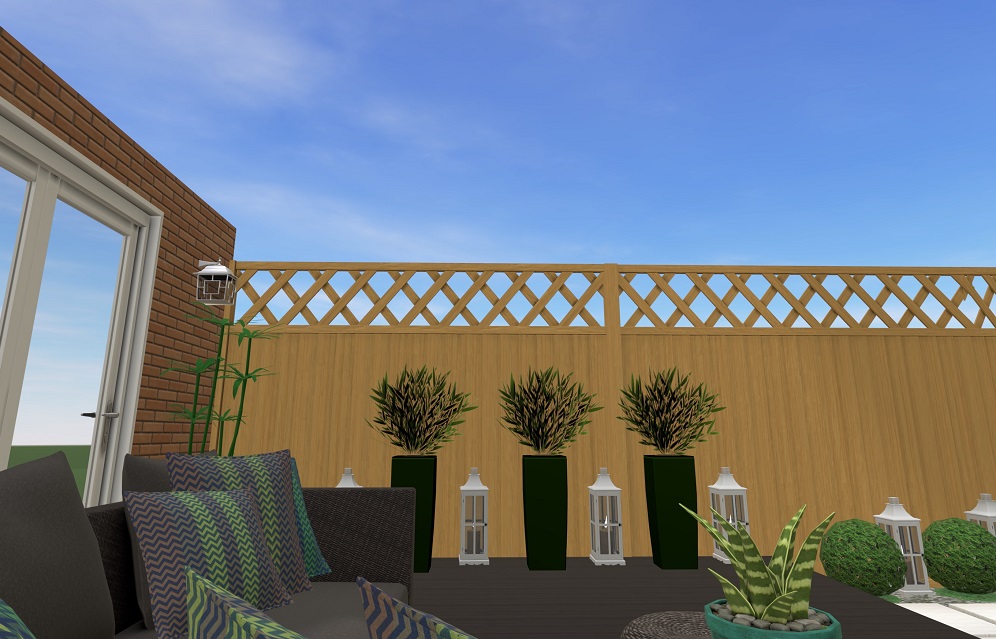
First and foremost, what is 3D rendering? 3D rendering is the 3D computer graphics process of converting 3D models into 2D images
So, let’s say you have a 3D model, such as a piece of furniture. The model could be a collection of geometric shapes such as rectangles for the legs, seat, and back. The piece of furniture could have been created using software such as 3Ds Max or ZBrush, for example. 3D rendering would then be used to transform this 3D model into a realistic 2D image. The render would add material textures, lighting, and shadows—it would turn the object from a basic 3D model into a usable 2D image suitable for marketing purposes.
3D modeling services and 3D rendering should not be confused—the two are different processes that complement each other. 3D rendering is an end process and result of initial 3D design and 3D modeling. 3D rendering could be compared to creating a photoshoot or film set. The initial creation and positioning of the set is like a 3D model. The 3D rendering is the final touch—the resulting photos, or the film segment, for example.
If we used 3D models as end products, the result would be dissatisfactory. 3D models are often crude and lack any detail. Many are essentially wireframes or combinations of geometric shapes. It is 3D rendering that adds the style and detail. 3D rendering is the final touch—it adds texture, color, shading, lighting, and other visual elements to create an appealing and realistic final image.
How Does 3D Rendering Work?
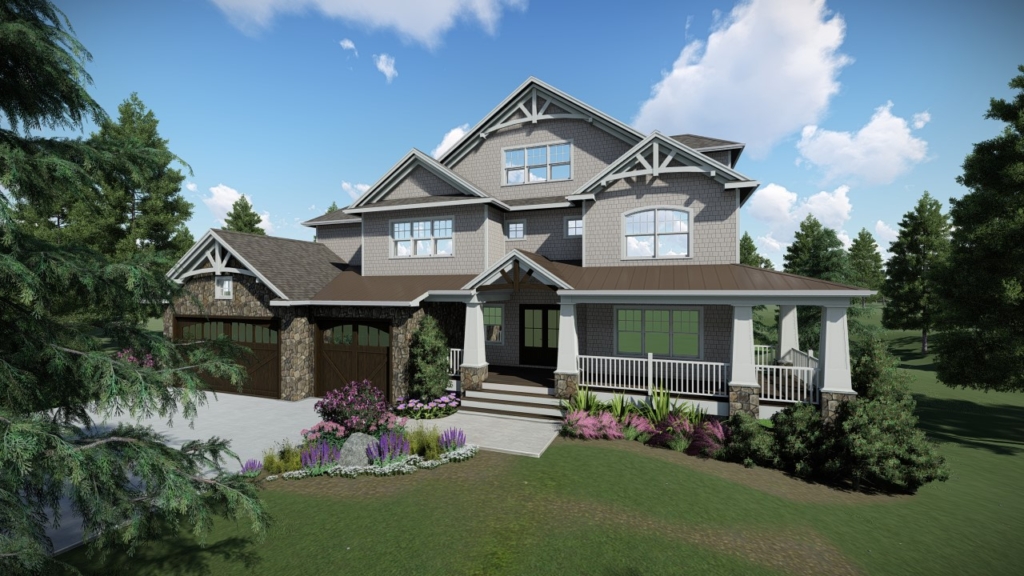
Rendering requires powerful computer software. Some 3D modeling software does include rendering facilities. In some instances, standalone products are required. Examples of popular rendering software includes:
– V-Ray
– SolidWorks
– Blender
– Maxwell Render
– Keyshot
– Maya
– Lumion
– 3ds Max
Software such as this can be extremely expensive. There is a small range of popular free rendering tools available too, however. 3D rendering services will include usage of rendering software—they will provide the tools for your business to complete its work.
So, how does it work? As mentioned above, a 3D model or scene must be created first. This rudimentary 3D scene could include a single object. Alternatively, it could be a complex series of objects, animations, and landscapes intertwined. This scene is created using 3D modeling and animation techniques.
The rendering software is then used to essentially “take a picture” of the scene from a specific perspective. Let’s say that you have created a 3D model of a tank in the middle of a war-torn battlefield. The scene includes pieces of shrapnel, explosives, debris, and tank shells.
The 3D render would capture this scene from one specific angle—for example, from the perspective of the tank gun barrels. It would “photograph” each pixel of the scene from that angle and add in extra detail. This detail could include light sources such as fire, explosions, and sunlight. It could also include atmospheric effects, textures, and even light-reflection. The result would be a gorgeous 3D render of this warn torn scene that looks realistic.
Due to the process involved (i.e., carefully “photographing” each pixel and detail of the 3D model), 3D rendering can be time-consuming. Even small files processed using powerful computers can take hours. In comparison, 3D rendering of entire movies can take months and years with the combined processing power of hundreds of computers.
What are the Different Types of 3D Rendering?
There is actually a myriad of different rendering techniques. Remember that 3D rendering is not a universal process—various different developers and researchers have created a plethora of rendering techniques. To fully understand 3D rendering services, it is vital to understand the different processes involved. We have listed some of the most common rendering techniques below:
Real-Time Rendering
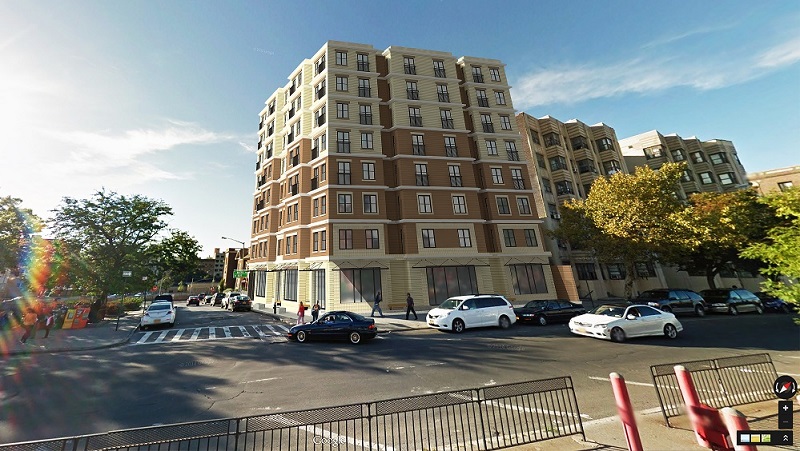
As the name would suggest, real-time rendering happens before your eyes—in a real-time process. Think of a computer game or a CGI movie. You see the 3D models move seamlessly. Furthermore, the characters you control react to your commands and controller input. What you are seeing is real-time rendering. The models are being rendered frame-by-frame almost imperceptibly.
The real-time rendering process involves three stages—application, geometry, and rasterizing. These steps are necessary for the render to be completed. Real-time rendering is commonly used in video games and other interactive products.
Offline Pre-Rendering
Not all 3D models can be rendered in real-time. Some items are simply too complex and detailed to process as the user watches. This type of render is considered to be an offline pre-render. Such a render is created using vast processing power and can take hours to complete. Each frame has to be rendered into an unbelievable level of detail. Once the render is complete, the final item can then be viewed.
Offline pre-rendering is commonly used in the film and TV industries. Most CGI today involves offline pre-rendering. Pre-rendering is used to help create beautiful landscapes and lifelike characters in modern films such as The Hobbit and Finding Dory.
Z-Buffering
This is a method of rendering used to determine which items are visible within a scene. Z-buffering was first created in the 1970s and has been a mainstay in the rendering and computer industries. Using Z-buffering, objects can effectively be placed within scenes with a high degree of accuracy. The algorithms involved can determine how the relevant space between pixels translates to a physical distance and how it should be represented.
Ray Casting
Ray casting or ray tracing is an old rendering technique used to create some of the first 3D games and flight simulators. This technique includes performing intersection tests that help determine relative positioning of objects. The rays are traced from the perspective of the user outwards (in a similar manner to a ray of light). This was one of the first rendering techniques created and featured in games such as Wolfenstein 3D.
Radiosity
Radiosity is the process of creating realistic renders that contain diffused lighting. This is a common rendering technique often used in architecture and interior design services. Radiosity only deals with light paths that are reflected diffusely. For example, sunlight shining through a window would leave an area of light on the floor but also diffused light on the interior window-frames.
This rendering technique creates a greater degree of realism compared to direct illumination renders. It uses one single light-source and generates light patterns and shadows precisely as you would expect from a real-life scenario.
Wireframe
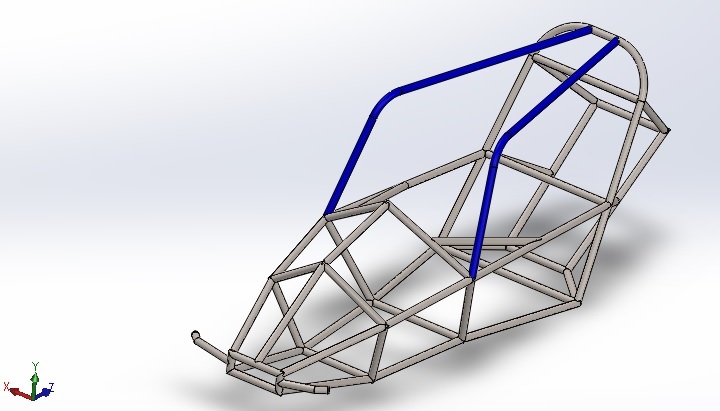
This is one of the most basic forms of rendering available. In recent years, wireframe rendering has declined in usage. It has been used in the CAD industry, but most CAD services now prefer surface or solid models. This is because they give a higher level of realism.
Wireframe renders turn 3D models into computer images using solid lines. For example, you have a simple 3D cube. A wireframe render would show the cube from a two-point perspective, but all the sides would be visible. Wireframe renders do not contain textures, surfaces, or lighting—they contain lines and vertices.
Scanline Rendering
Scanline rendering is another old technique that was first conceived in 1967. This process of scanline rendering involves scanning 3D computer graphics row-by-row, as opposed to pixel by pixel, or polygon by polygon. The Nintendo DS actually uses a form of scanline rendering to produce 3D scenes.
What Are the Benefits of 3D Rendering Compared to Other Processes?
Now that you understand 3D rendering as a process, it is essential to know why it is beneficial. Why, as a business, should you consider using 3D rendering services? Why not continue using traditional methods as you have for decades? There are a plethora of benefits compared to the traditional process—we have explained them below:
Reduced Costs
First and foremost – 3D rendering services for business can result in reduced costs. This is what most companies want to hear! In today’s modern world, cost is everything. Competition is fierce; therefore, any cost savings that can be made are a bonus.
Let’s look at architecture, for example. Creating a building design using traditional pen and paper methods is expensive. It’s expensive from a time and salary perspective. Moreover, physical materials are required. Compare this to the cost of creating a 3D rendering of a building and there is no comparison. Rendering saves time and requires less equipment and overheads.
Improved Processing Times
As mentioned above, rendering is also a quicker process. Compare the time to organize, setup, and execute an interior design photoshoot, to the time taken to create a 3D render of that same interior design setup. There is no comparison. A designer could switch on their computer, open their software, and start designing the furniture instantly. What could be done in that same time-frame of a few minutes using a traditional photoshoot? Not a lot!
Rendering offers greatly improved processing times. Many archaic and traditional business processes simply can’t compete with the flexibility and speed that 3D rendering provides.
Improved Efficiency
3D rendering services also speed up business processes. Imagine the process of organizing a product photoshoot. First, the business would have to hire a suitable photographer. Second, they would have to rent a studio or find space within their own working environment. Next, they would have to discuss ideas with the photographer. After this, the actual studio area would need setting up. Finally, the photographer can then do the shoot. But still, they have to edit photos and send back the finished images.
When we compare this to the process for 3D rendering, it is clear which is more efficient. The business would simply have to hire a designer, give them their ideas, and wait for the designer to produce the renders and send the completed work!
Greater Creativity
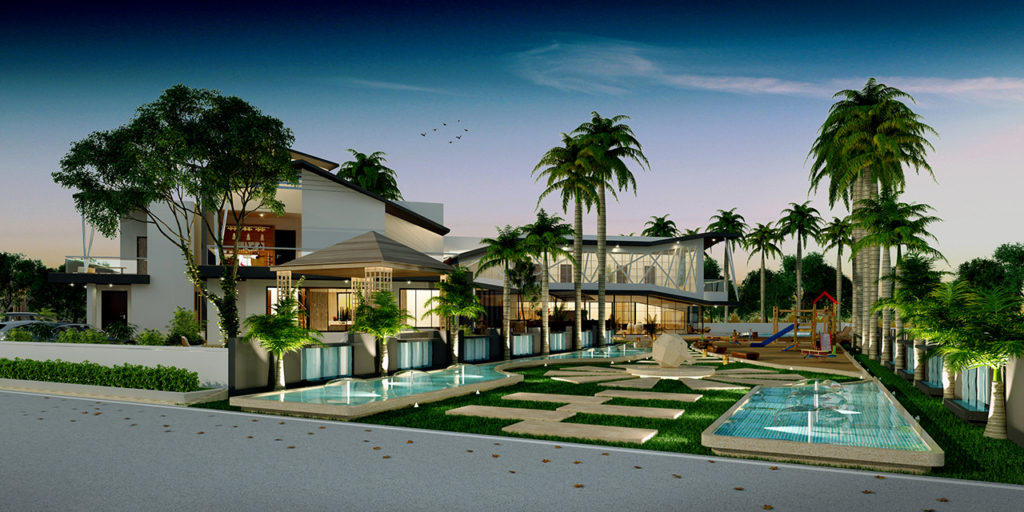
Using computer software, designers can create anything. The only limitation is their imagination and creativity. The same cannot be said for using physical design processes. Using physical methods results in many limitations—materials, space, time, scientific viability, etc. Designers are essentially limited to what they can physically do with the materials and tools they are given.
3D rendering removes these restraints. If an architect wanted to design an immense structure using a wide range of precious materials, they could easily do this through 3D rendering. All they would have to do is access the software library and find the material textures. In the real world, these expensive materials would have to be sourced, at cost. The design may not be viable, but the point is that it is possible.
Easier to Edit and Make Changes
Finally, 3D rendering improves the ability to make design changes. In traditional processes, it is historically difficult to amend designs. Let’s look at a few examples. Architects create paper drawings. How easy is it for them to edit those drawings? They may have to create whole new sketches or erase complete sections of their designs.
Product design services create physical prototypes and product models. This is again a time-consuming process. What happens if the design is faulty and the product doesn’t work? The product designer would have to re-create the prototype using more materials. Using 3D rendering, the design could be changed in a fraction of the time. Changing an image on a computer program is infinitely quicker in most business scenarios.
How do Businesses Use 3D Rendering?
There is a myriad of different ways that businesses can use 3D rendering and incorporate it into their company. In the section beneath this one, we have listed nine various industries that 3D rendering is used in. In this section, we discuss how the actual process is incorporated into a business and maintained.
The main two ways businesses can use 3D rendering are hiring freelance 3D rendering services or employing a 3D designer to work in-house. Both methods have pros and cons.
Using Freelance 3D Rendering Services
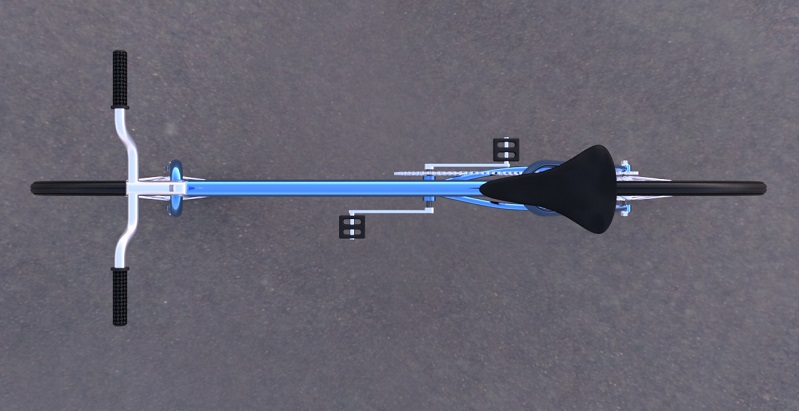
The first and possibly most popular option is to use a freelance 3D rendering service. Using a platform such as Cad Crowd, the business would look for a professional renderer and draw up a contract. This contract could be on a project-by-project basis. The business would contact the freelancer and provide them the info required to complete the rendering. The renderer would then create the required work and return it back to the business on completion.
This process is extremely easy and straightforward. Furthermore, using a freelancer offers the following benefits:
– Improved flexibility
– Only pay for the work required
– Straightforward process
– Utilize specialist rendering skills
– Reduced costs
As you can see, using freelance services offers many benefits compared to employing a 3D renderer as a member of your staff.
Employing an In-House 3D Rendering Specialist
Employing a member of staff to create 3D renders offers greater control. A business can utilize its designer in whatever way they see fit. For example, if they need other work completed, the designer can help out. This offers flexibility and could be beneficial to the business in different ways.
The 3D rendering designer would work on specific projects as and when required. Furthermore, they would work in conjunction with other members of the business, such as 3D animation services, marketers, and product designers. Using an in-house member of staff provides greater interoperability and cooperation with key business teams.
On the down-side, using an in-house rendered means a more significant expense. Consider this—you have to pay an annual salary for the employee. When using freelance 3D rendering services, you only have to pay specifically for each project—there is no lost expense. Furthermore, you do not have to spend time finding other work for the freelancer to do. You simply sign a contract and they complete the work required.
How Does 3D Rendering Work at Companies?
Regardless of how the business obtains its 3D rendering, it’s essential to know how it actually works at a business level. This partially depends on what the images are used for and the industry too. We can look at two examples—manufacturing and architecture. These are two different examples of how rendering is used both at the end and middle of a project.
Architecture – In architecture, 3D rendering is usually performed in-house. The architect will create a building design using 3D modeling software. This will include details such as measurements, scale, materials required, and other important structural information.
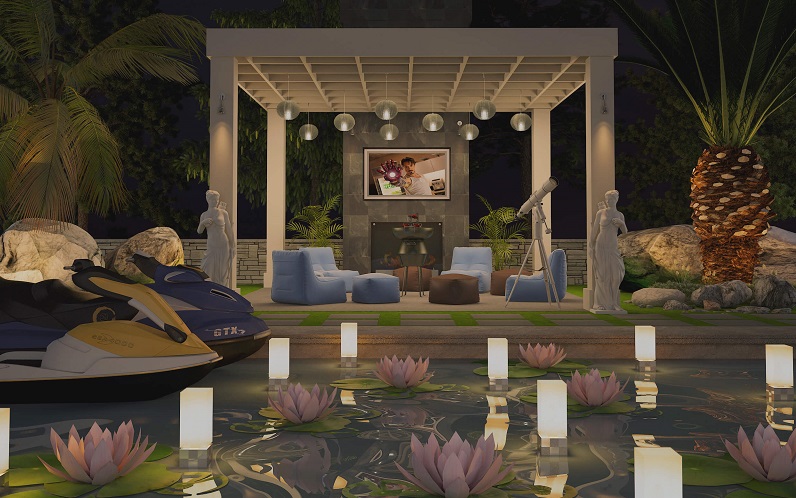
Once the basic 3D model is completed, the design is then rendered. This rendering process adds tangible details to the design. These details include material surfaces, textures, lighting, weather, atmospheric conditions, and shading. Essentially, the rendering process turns the architect’s basic design into a finished building plan that can then be presented to their clients. In this example, the render is the end product—the final part of the business process.
Manufacturing – In manufacturing, rendering is often used as a middle component within a larger process. For example, creating a machine part. First, the part is designed using 3D modeling software. A 3D render could then be completed to provide a fully visual version of the design for review. Once this has been approved, the render and 3D models would be translated into CAD design services for production as a prototype of finished product. In this example, 3D rendering is the central part of the process—not the end product.
What Industries Benefit from 3D Rendering?
Finally, we can look at how 3D rendering is commonly used. You may be surprised at how far-reaching this technology is. 3D rendering services are used in a myriad of different industries ranging from architecture through to medical science and education.
Furthermore, as the processes and software continue to progress, we should see 3D rendering usage boom. Photorealistic 3D renders are now exceptional quality—it is often difficult to tell the difference between an actual photo and a render. This means that more businesses and industries will invest in rendering as a viable means of creating digital media. The following are some of the main industries that 3D rendering service are utilized:
1. Architecture
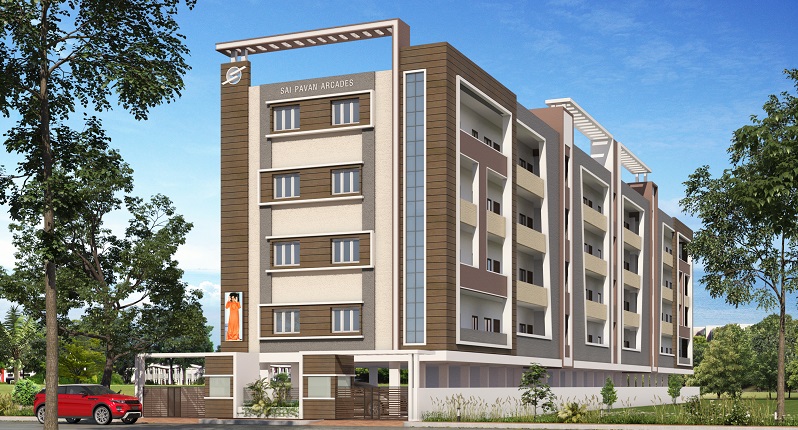
Architecture is often the first example people think of for 3D rendering services. This is because architectural design services and structural designers have been some of the first to utilize this technology. 3D rendering is used by architects worldwide to create beautiful buildings and interior designs.
Using advanced 3D modeling and rendering software, 3D designers and architects can create stunning images. This includes realistic material textures for building surfaces, varying weather conditions, and even weather effects. Furthermore, light sources and shadows are included do give buildings depth and realism.
Historically, architects would hand-draw building sketches and blueprints. This process was time-consuming and costly. Moreover, making minute changes meant altering whole drawings. 3D rendering has presented an efficient replacement for traditional techniques.
Architects complete designs quicker. Moreover, they have greater flexibility. There is no detriment to quality either—in most cases, 3D renders are indistinguishable from photos. Finally, 3D renders can easily be shared with clients—this allows for greater client input and personalization for building projects.
2. Video Games
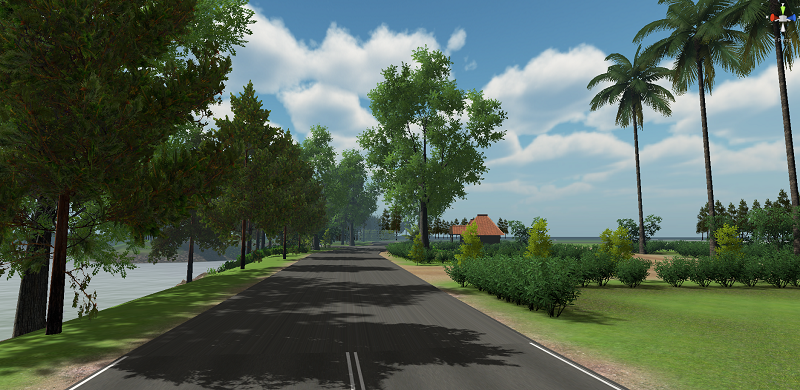
If you have ever played a video game, you have likely seen 3D rendering in action. Games such as Fortnite, Call of Duty, Skyrim, and Borderlands 3 contain amazing graphics and gameplay. Players control detailed characters through fully-realized 3D worlds. The graphics and detail are absolutely astounding.
Video game consoles such as Xbox One, PlayStation 4, and Nintendo Switch contain powerful processors and graphics cards. Furthermore, desktop gaming computers continue to evolve using beastly NVidia graphics cards and stores of RAM. In short, gamers have the tools to watch and play games with graphics that are out of this world.
These awesome alien landscapes, detailed weapons, and gorgeous worlds are based on 3D models and 3D rendering. 3D rendering is used to process 3D wireframes and models and turn them into finished products. This technology is used in-game, but also to create the stunning cut-scenes that are shown as part of the gaming experience. These cut-scenes often look like mini-movies.
3. TV & Film
The TV and film industry uses 3D rendering extensively. Kids TV shows often use 3D modeling and 3D rendering to create cool 3D graphics that children enjoy. This allows for greater creativity and lets producers explore new ideas for their shows.
The movie industry also uses 3D rendering. Consider blockbuster films such as Star Wars: The Last Jedi, the Fast and Furious franchise, and the Marvel Universe. Would any of these films be possible using only props and real-world sets? Of course not! Advanced software would be used to create beautiful 3D renders of Wakanda and Tatooine, for example. Film producers can create fully-realized 3D worlds and entire universes using 3D rendering in combination with other techniques.
Some of the modern films and TV shows today would not be possible without 3D rendering software. Advanced graphics creation means that the TV and film industry can push boundaries and explore further than ever before with their creativity.
4. Scientific Research
Advancements in science have catapulted our society forward. 3D rendering is a contributing factor and is often used during scientific research. It can be used in various different fields of scientific research such as biology, chemistry, geology, and weather systems.
In chemistry and physics, 3D rendering is used to create detailed images of elements and chemical compounds, for example. Furthermore, in geology, rendering could be used to create detailed cross-sectional images of cliffs, caves, and different rock formations. Finally, this process could also be used to complement detailed weather systems and models. Scientists used huge processing power to predict weather patterns and create detailed models. These models could be visualized in a clearer method using 3D rendering.
3D rendering essentially enhances scientific research methods already in place. It provides an additional level of detail and clarity. Furthermore, it helps create realistic images that scientists can analyse in greater detail, or share with the wider community.
5. Medical Science
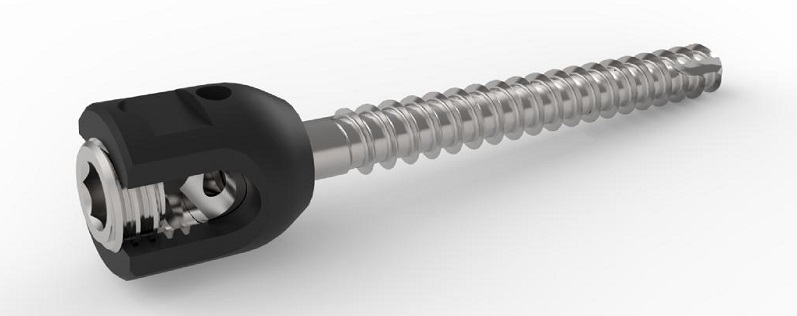
Medical science is unbelievably advanced. New technologies are utilized constantly. One of these technologies is 3D rendering. This process is used in a myriad of different ways in medicine and medical science.
Firstly, rendering is used to improve the quality of different 3D imaging techniques. 3D scans can be enhanced using rendering—this improves the overall quality of the images and creates a more realistic photo. Furthermore, it gives doctors and hospital staff a clearer picture of what they are looking at.
In addition to this, 3D rendering services are used to create detailed images of different medical processes and associated items. For example, when experimenting with new drugs, 3D rendering can be used to create images of the chemical compositions. Furthermore, 3D rendering is often used to create representations of viruses, germs, and diseases—their molecular composition and how they look under a microscope. This process essentially offers much greater detail and clarity for medical researchers and healthcare professionals.
6. Marketing and Advertising
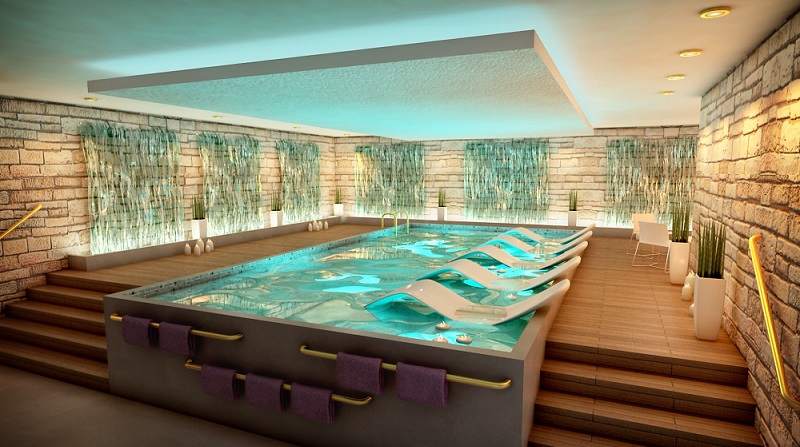
To promote products and services, businesses must create marketing campaigns. To remain competitive, these campaigns must be cost-effective and innovative. 3D rendering has opened up a whole new world of possibilities for marketing and advertising. Just look at some of the marketing campaigns and advertisements you see on TV and billboards—a large percentage of these use computer graphics and 3D rendering.
Online casinos, video game developers, news websites—hundreds of different businesses use 3D rendering in their marketing. Take a look at an online casino or online gaming site, for example. You may notice cool-looking characters from casino games or flash graphics of slot machines, etc. Items such as these are created using 3D rendering.
3D rendering allows marketing specialists to push the boundaries. They can produce marketing material that in years past would not be possible due to technical limitations or lack of technology. Furthermore, advertising campaigns can be produced quicker and for less expense—this is because there is no need to use expensive props and photoshoots.
7. Manufacturing
The manufacturing industry covers a broad spectrum—from the food industry and engineering to aerospace and mechanics. How is 3D rendering used in manufacturing? To create intricate drawings, plans, factory layouts, and other important aspects of manufacturing processes. Part of manufacturing involves creating efficient production lines and processes. Using 3D rendering allows those processes and workflows to be visualized.
For example, a food processing plant creating cream cakes. This factory would include expensive machinery, ovens, and other equipment in a production workflow. 3D rendering could be used to visualize different parts of this flow and how they fit together. On a smaller scale, 3D rendering services can also be used to visualize machine parts, prototypes, and new ideas.
Creating 3D images removes the need for other processes such as developing expensive models or prototypes. It essentially speeds up the process and allows manufacturers to work more efficiently.
8. Interior Design
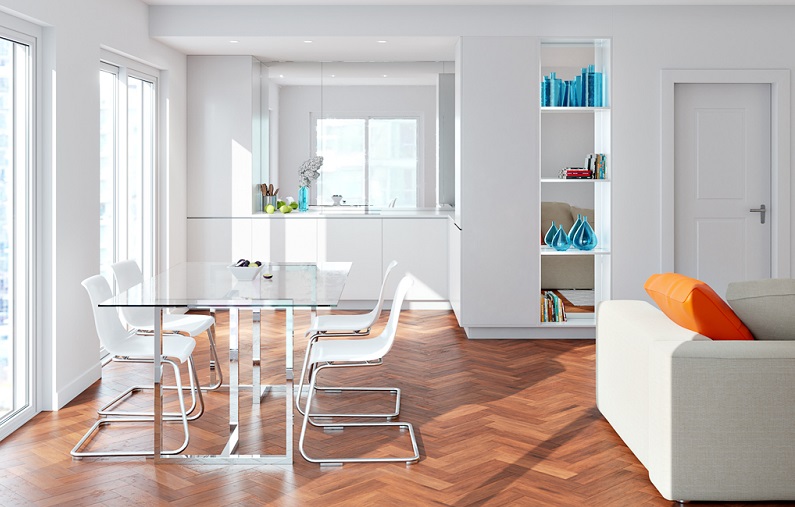
Interior design is similar to architecture but uses 3D rendering in a slightly different way. Interior designers and product designers utilize 3D rendering to create virtual models of their products. Software such as SolidWorks and Fusion360 are used to produce highly detailed furniture and accessories—chairs, tables, lamps, plants—anything that you would commonly find in an interior design magazine.
As with architecture, the models created look amazing. Something simple, such as a wooden chair, for example, can look beautiful. Detailed wood grain and wooden textures would create a realistic surface. Moreover, lighting would cast shadows and bright areas on the chair giving it depth. If you didn’t know, you would think the chair was a real photographed object.
Like architecture, 3D rendering has replaced traditional methods of interior design. Designers would create expensive sets complete with real products and furniture. This could be time-consuming. Moreover, making small edits would require the whole set to be edited. Interior designers can now create fully-furnished rooms using 3D rendering in a fraction of the time and cost.
9. Education
Remember how education used to be textbooks, displays, and blackboards? Maybe not, but traditional methods of teaching have changed drastically. The internet, computers, and interactivity have changed how students are educated. Students often have access to computers and can learn using interactive learning tools.
3D rendering is widely used in such tools. Interactive programs, online learning games, and even online exams, for example. 3D rendering provides a superb level of interactivity for students—it helps engage them more. Furthermore, it also helps those students who prefer visual learning as opposed to reading. In the future, we should see 3D rendering used more often in education as more schools and classes turn to interactive and digital learning.
You should now have a comprehensive understanding of 3D rendering services and how they work. We have discussed the following questions: How does it work? What industries is it used in? What benefits does it provide, and what different types of 3D rendering are available? Furthermore, you should understand how businesses use 3D rendering and what 3D rendering services entail.
If you require any information, remember that Cad Crowd can help! We have plenty of 3D rendering freelancers ready to assist you with any project. Regardless of the scope of work or your industry, we can match you with an expert renderer. Contact us for a free quote today.
